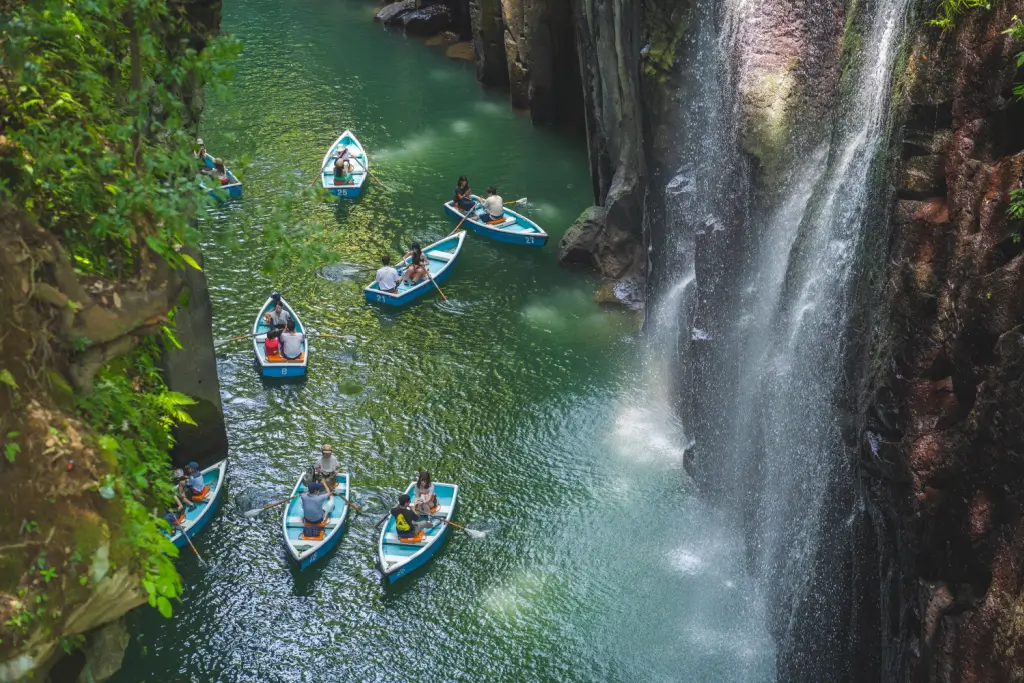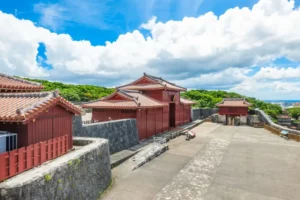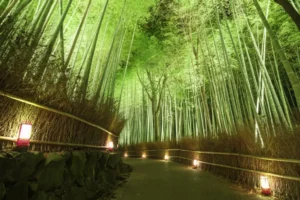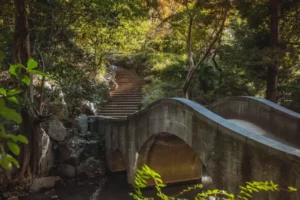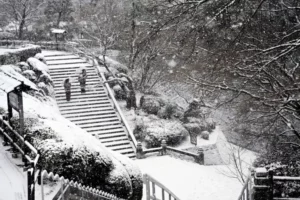Kyushu is the southernmost main island in the Japanese archipelago. It is most well-known for its food, but is less famous for its natural beauty. The island contains many landscapes, including serene waters, soothing hot springs, and dramatic rock formations like Takachiho Gorge.
The island’s warmer temperatures compared to the rest of Japan make outdoor activity even more enjoyable. Many of its natural wonders also have associated stories and ancient myths, adding to their allure. Today, we’ll journey through Kyushu’s landscapes and discover why some destinations resonate profoundly with visitors.
Table of Contents
ToggleTakachiho Gorge
Takachiho Gorge is a stunning natural wonder located in Miyazaki Prefecture. Over 100,000 years ago, the Gokase River began carving a narrow chasm into the surrounding basalt rock. Throughout the millennia, volcanic eruptions from Mount Aso shaped its cliffs even further. Today, the river flows through dramatic stone formations and cascades over the 17-meter (23-feet) Mania Falls, the highlight of the gorge.
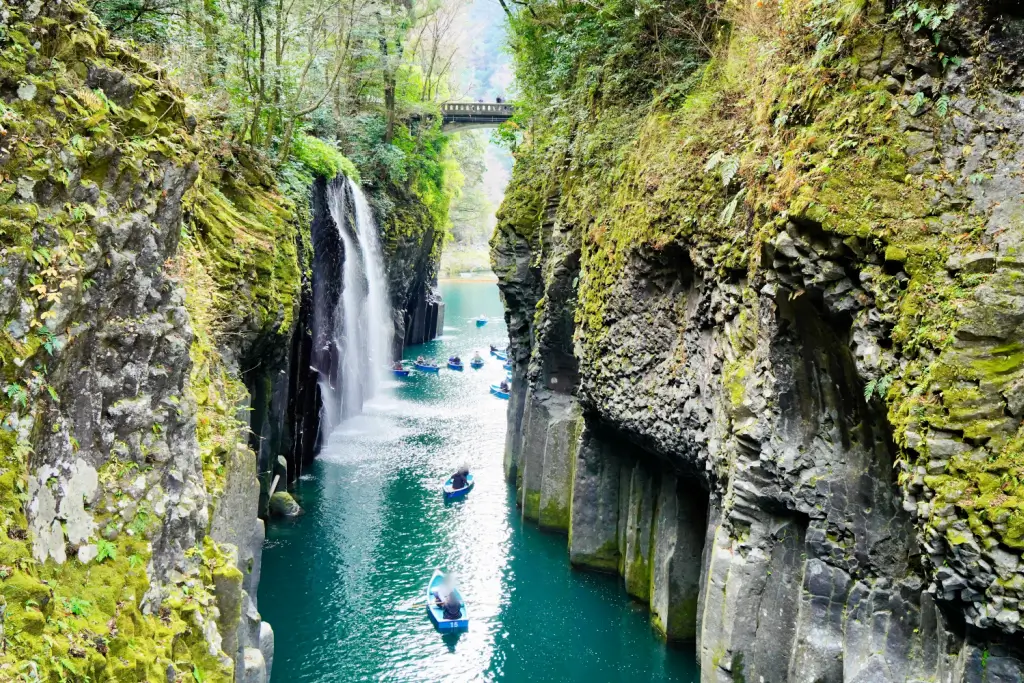
It’s also known as a “power spot, ” so it holds deep spiritual significance in Shinto. A 30-minute walk from Takachiho Bus Center brings visitors to a paved trail that leads to Takachiho Shrine. The route offers excellent views from high atop the cliff tops that run along the river. The scenery can also be enjoyed from below by renting a boat and rowing along the calm river. The area’s lush forests and autumn foliage make Takachiho Gorge a year-round destination.
Mount Sakurajima
Mount Sakurajima is the most popular natural attraction in Kyushu. This active volcano in Kagoshima Prefecture dominates the skyline of Kagoshima Bay. Once an island, it became a peninsula after an eruption in 1914, when lava flows connected it to the mainland. Its frequent eruptions still shape the local geography and culture. From Kagoshima City, travelers can reach Sakurajima via a 15-minute ferry ride.
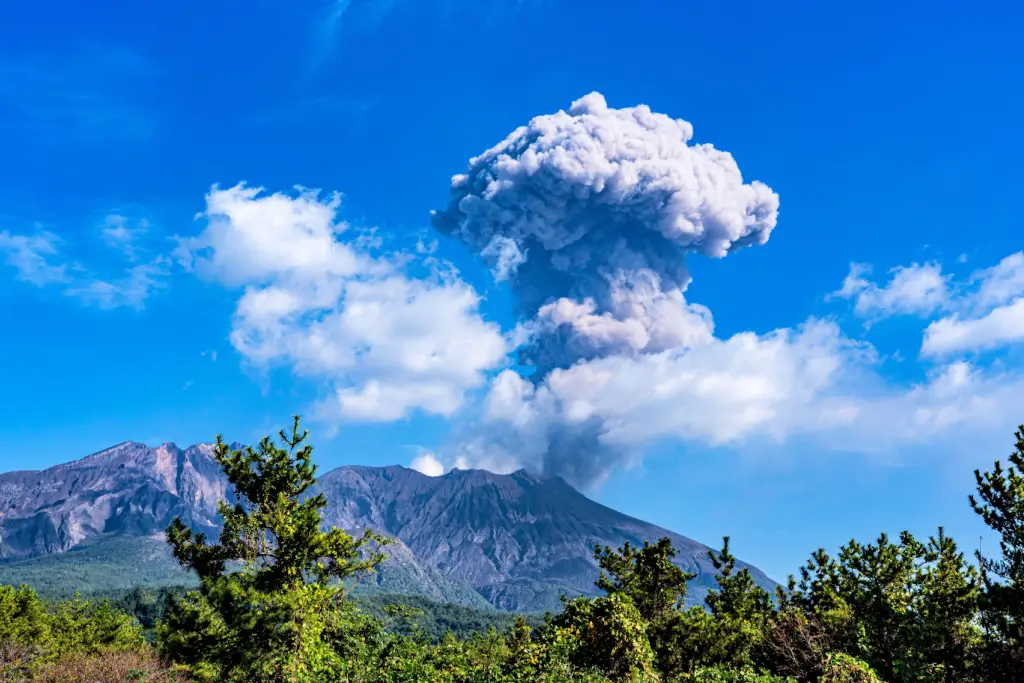
Once at the island’s ferry terminal, the Sakurajima Visitor Center provides insights into the area’s geological history. On top of that, Sakurajima Dinosaur Park is a further 15 minutes on foot. “Sakurajima” means “cherry blossom island”, and the park is a popular spot for cherry blossom viewing (hanami). Though it is an active volcano, the island has hiking trails and observatories where you can admire its rugged beauty. Hot springs contain waters enriched by volcanic minerals with various health benefits.
Aso Caldera
Further inland, in the center of Kyushu, lies another volcanic attraction. The Aso Caldera in Kumamoto Prefecture is one of the world’s largest volcanic calderas. This 25-km-wide feature was formed long ago by numerous eruptions. But the steaming Mount Aso remains active in Nakadake Crater at its center.
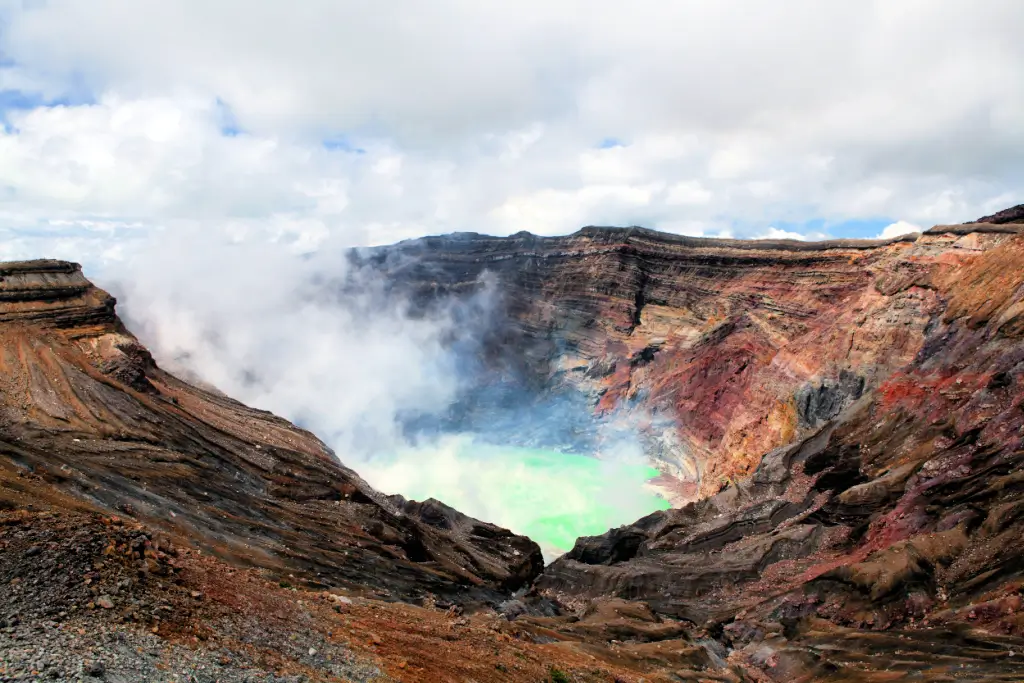
The entire area is part of Aso-Kuju National Park. Hiking trails lead to this iconic feature through the park’s vast grasslands and peaks. Aso is accessible via an hour-long bus ride from Kumamoto Station. The Aso Volcano Museum houses educational exhibits and seasonal outdoor events like spring flower festivals.
Are you looking for great snacks from places like Kyushu? Check out Sakuraco! Sakuraco delivers traditional Japanese snacks, teas, and sweets from local Japanese makers directly to your door so you can enjoy the latest treats directly from Japan!
Beppu Onsen
Beppu in Oita Prefecture is Japan’s hot spring capital, with over 2,000 hot springs (onsen) spread throughout the city. Beppu’s history as a spa destination dates back centuries, and it is still famous for its wide variety of mineral waters. Visitors can enjoy the hot waters in public baths or private ryokan.
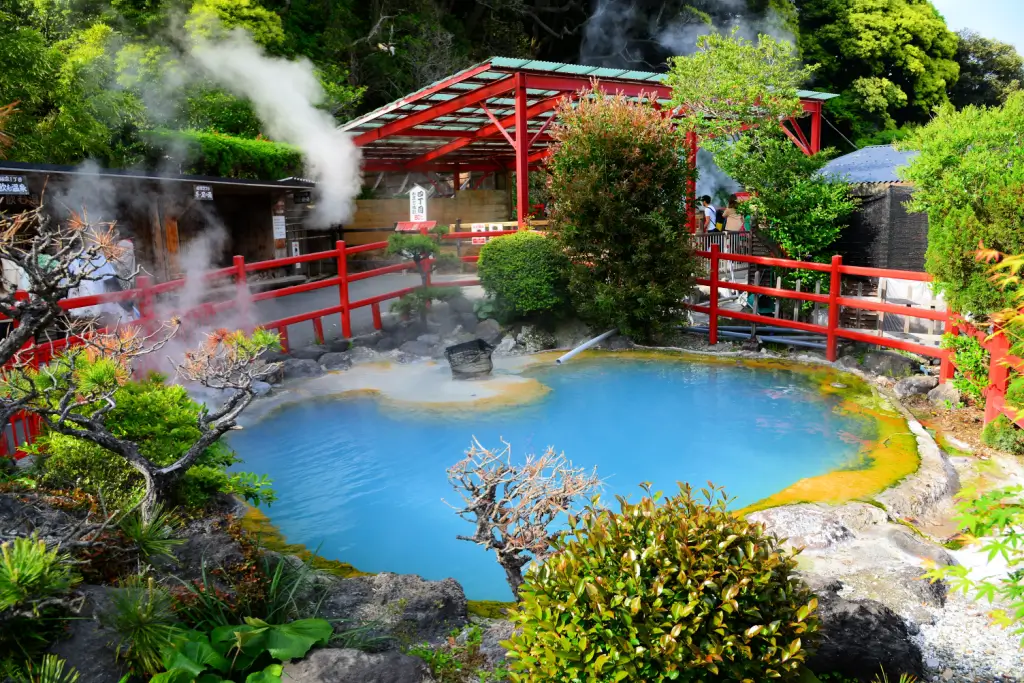
Its colorful geothermal pools, such as the strikingly turquoise Umi Jigoku Pond, are also a draw. The “Hells of Beppu” tour is one of the most popular activities in the city. Beppu is a short train ride from Oita Station, and many onsen offer day-use options, so it is perfect for a day trip.
Yakushima Island
This UNESCO World Heritage Site off Kagoshima’s coast is known for its ancient forests and cedar (yaku-sugi) trees. The lush greenery thrives in the heavy rainfall of southwest Japan, with some trees over 1,000 years old. Yakushima inspired Studio Ghibli’s imaginative animated movie Princess Mononoke.
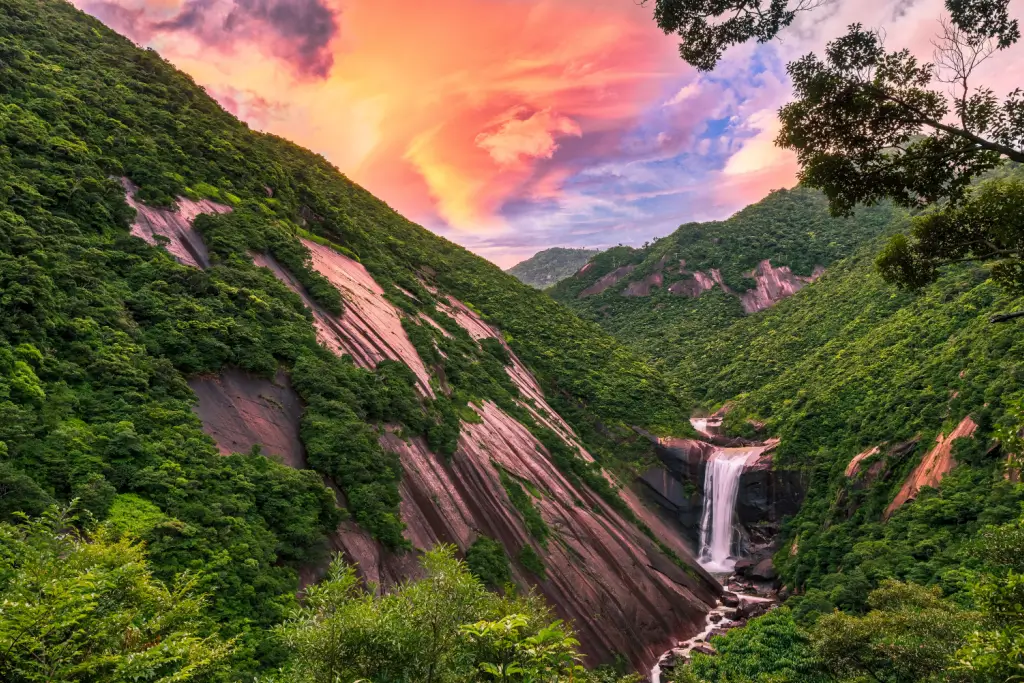
The island is its own National Park, and trails like Shiratani Unsuikyo grant hikers access to Yakushima’s mystical world. It takes two hours by ferry from Kagoshima to Yakushima’s Miyanoura Port. Once there, hiking trails crisscross the park, and guided tours provide insights into its ecology.
What makes Kyushu’s natural wonders so interesting?
Kyushu’s natural wonders are fascinating because they are surprisingly striking, despite being in an area known primarily for its food. The island’s geography and volcanic activity have created dramatic features over millions of years. Its humid subtropical climate, mild winters, and relatively high rainfall are excellent conditions for plant life. This has resulted in deep valleys, mighty rivers, vibrant green vegetation, and colorful thermal pools.
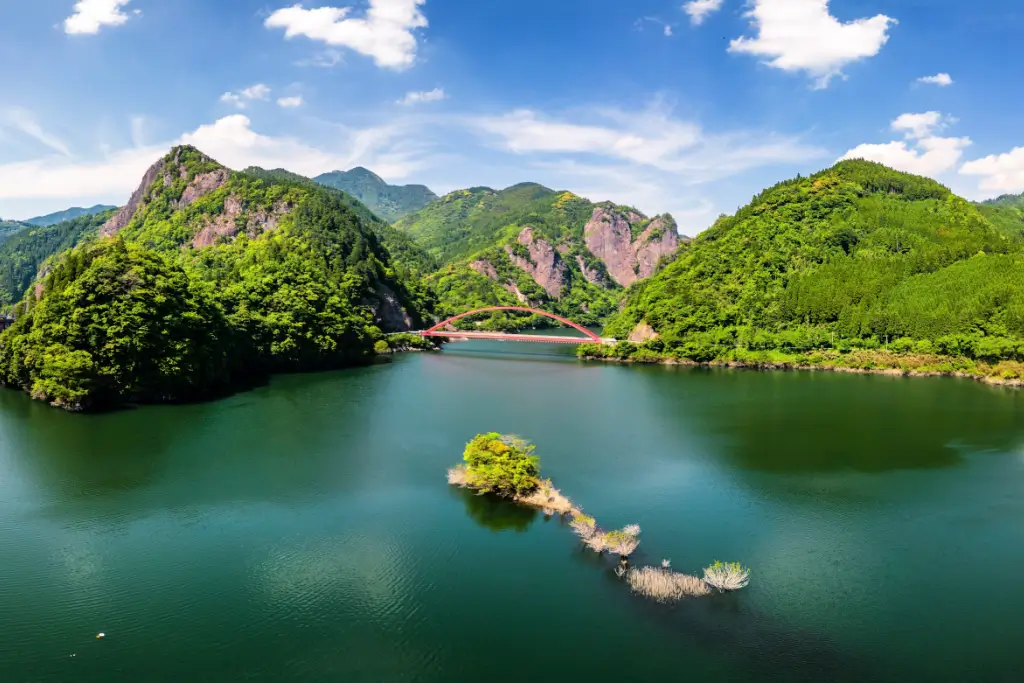
All of these are visually pleasing, enhancing any visit’s experience. These attractions can also be enjoyed in different ways. Activities in the area range from relaxing to adventurous to strenuous, giving visitors more choice and flexibility when planning their trips. And, despite their beauty and uniqueness, these sites are all easily accessible by public transportation.
This blend of accessibility, choice, and beauty is beautiful to those looking to craft a tailor-made experience they can remember for the rest of their lives. Do you have any favorite spots in Kyushu? Perhaps you have some tips for exploring its natural wonders? Share your thoughts and experiences in the comments below, and start a conversation!


